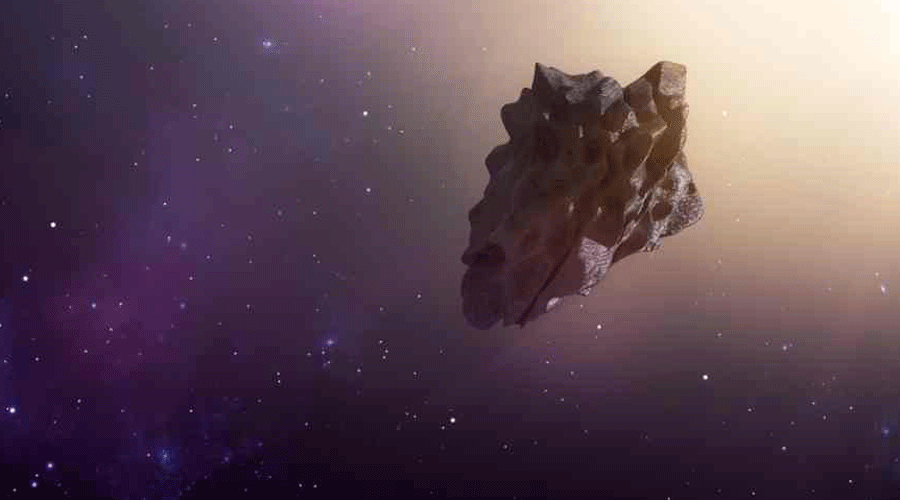Astronomers on the hunt for modestly sized asteroids that could vaporise a city or bulkier beasts that could sterilise Earth’s surface have spotted a new potential threat. But there’s no immediate need to worry — it’ll be many generations until it may pose a danger to our planet.
Detecting uncharted space rocks relies on spying on sunlight glinting off their surfaces. But some asteroids occupy corners of the sky in which the sun’s glare smothers them, and, like embers flitting in front of a thermonuclear bonfire, they fade from view.
Last year, in the hope of finding asteroids cloaked by excessive sunlight, an international team of astronomers co-opted a camera primarily designed to investigate the universe’s notoriously elusive dark matter. In an announcement Monday based on a survey first published in September in The Astronomical Journal, the researchers announced the discovery of three new light-drowned projectiles.
One of them, 2022 AP7, is roughly a mile long, and its orbit crosses Earth’s path around the sun, getting as near as 4.4 million miles to Earth itself — uncomfortably close by cosmic standards (although far more distant than Earth’s moon). That makes 2022 AP7 “the largest potentially hazardous asteroid found in the last eight years or so”, said Scott Sheppard, an astronomer at the Carnegie Institution for Science in Washington and an author of the study.
After the asteroid was discovered in January, additional observatories studied its motion and other astronomers retrospectively identified it in older images. This data set made it clear that it won’t be paying Earth a visit during the next century, and perhaps far longer. “There is an extremely low probability of an impact in the foreseeable future,” said Tracy Becker, a planetary scientist at the Southwest Research Institute who was not involved with the study.
But the gravitational pull of objects around the solar system — including our own planet — ensures that Earth-crossing asteroids don’t dance the same way forever. The asteroid 2022 AP7 is no exception.
It’s possible that “way down the line, in the next few thousand years, it could turn into a problem for our descendants”, said Alan Fitzsimmons, an astronomer at Queen’s University Belfast who was not involved with the study.
And if, in the unluckiest of timelines, 2022 AP7 ultimately impacts Earth? “This is what we call a planet killer,” Sheppard said. “If this one hits the Earth, it would cause planetwide destruction. It wouldbe very bad for life as we know it.”
But as we are safe for many generations, this asteroid’s orbit is not its most noteworthy feature. “The interesting thing about 2022 AP7 is its relatively large size,” said Christina Thomas, a planetary astronomer.
New York Times News Service










